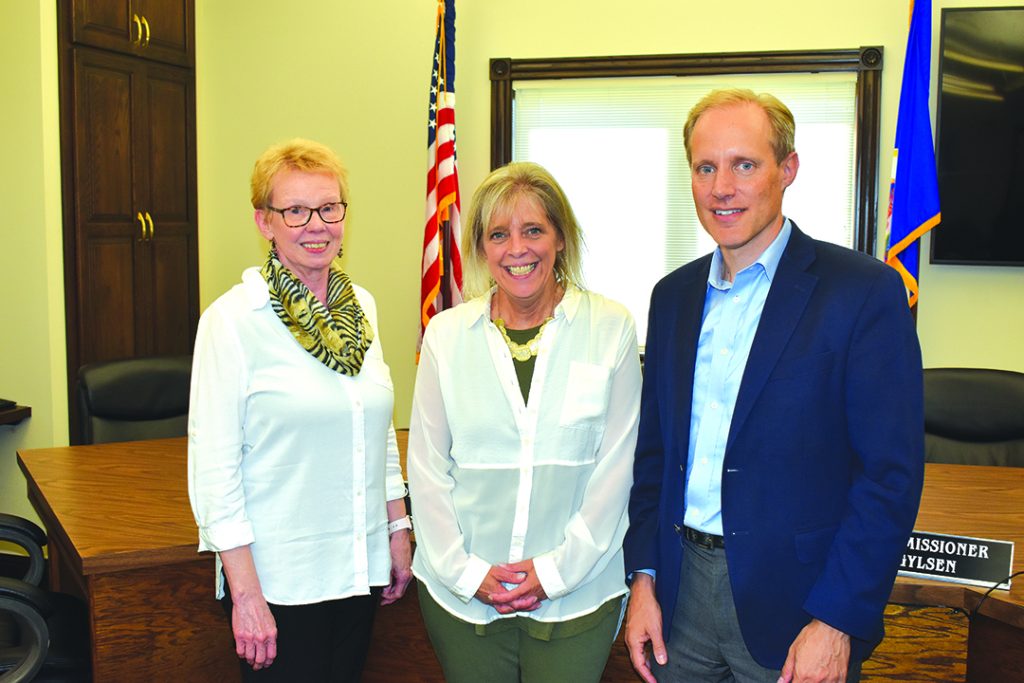Minnesota Secretary of State Steve Simon meets with local election officials, judges
News | Published on September 26, 2022 at 12:07pm CDT

Minnesota Secretary of State Steve Simon and Julie Stother, Deputy Secretary of State, were in Glenwood last Thursday to meet with the city’s mayor, election officials and judges.
Simon said he makes it a priority to visit all 87 counties during an election year to hear comments and suggestions for those who do the important work on election day.
“It’s one of my favorite parts of the job and its so important to get out of St. Paul and the metro area and meet with the people who are really doing the work, Simon said after the meeting. “It’s always good to check in with local election teams; it’s a team sport and we both have a role to play in providing a fair and accurate election,” Simon added.
He said Minnesota’s transparency in the system is a top priority of election officials and voters in the state. He pointed to the electronic voting machines which are tested two weeks before the election, and the public is encouraged to visit during that testing and see how the machines perform.
“They try to trick it by filling in just a partial ovals or circling a name and see how the machine reacts. And all that is open for public view,” he said. “That’s just one example of transparency in the system.
And, transparency also helps election officials and the Secretary of State Office fight one of the biggest challenges it faces in elections–“a cloud of disinformation,” Simon said.
“We can debate about the state’s voting system and come to an agreement about what the system should look like,” Simon said. “It’s important that we shine a light on the aspects of the system in Minnesota that demonstrate the integrity of that system.” What is done in Minnesota is not the same as in every other state, Simon explained. “We have many checks and balances in Minnesota.”
He said that the 2020 general election did provide the ultimate test because of the pandemic, people still waiting for vaccines and some scared to vote in person among crowds. While about 24 percent of the voters voted by absentee ballot in 2018, that figure jumped to 58 percent in 2020. “That means that only 42 percent voted in person on election day in 2020,” he added.
“Still the election went well” and Minnesota was number one in the country in voter turnout for the third election in a row,” he added.
And in Minnesota, through legislation, county election officials have the opportunity to start working on absentee ballots seven days before the general election. That provides a more seamless stream of votes being counted at the same time on election day, Simon said, He cited Pennsylvania as one state that did not have that seven-day cushion to process absentee ballots. In Pennsylvania they could not start processing absentee or early ballots until after the polls closed on election day. “That makes it look like there was a dump of votes coming in days after the polls were closed and there was, but it was not for dubious reasons, it was just the absentee ballots being added into the election day votes.”
Simon doesn’t see absentee or early voting to be as attractive to voters this year as it was in 2022. “We’ll still have a number of voters who will vote absentee, but I don’t see the percentage quite as high,” he said. “A lot of people, myself included, are looking forward to getting back to voting in person on election day,” he added. “My wife and I like to take the kids with us to the polls to show them what it’s all about.”




